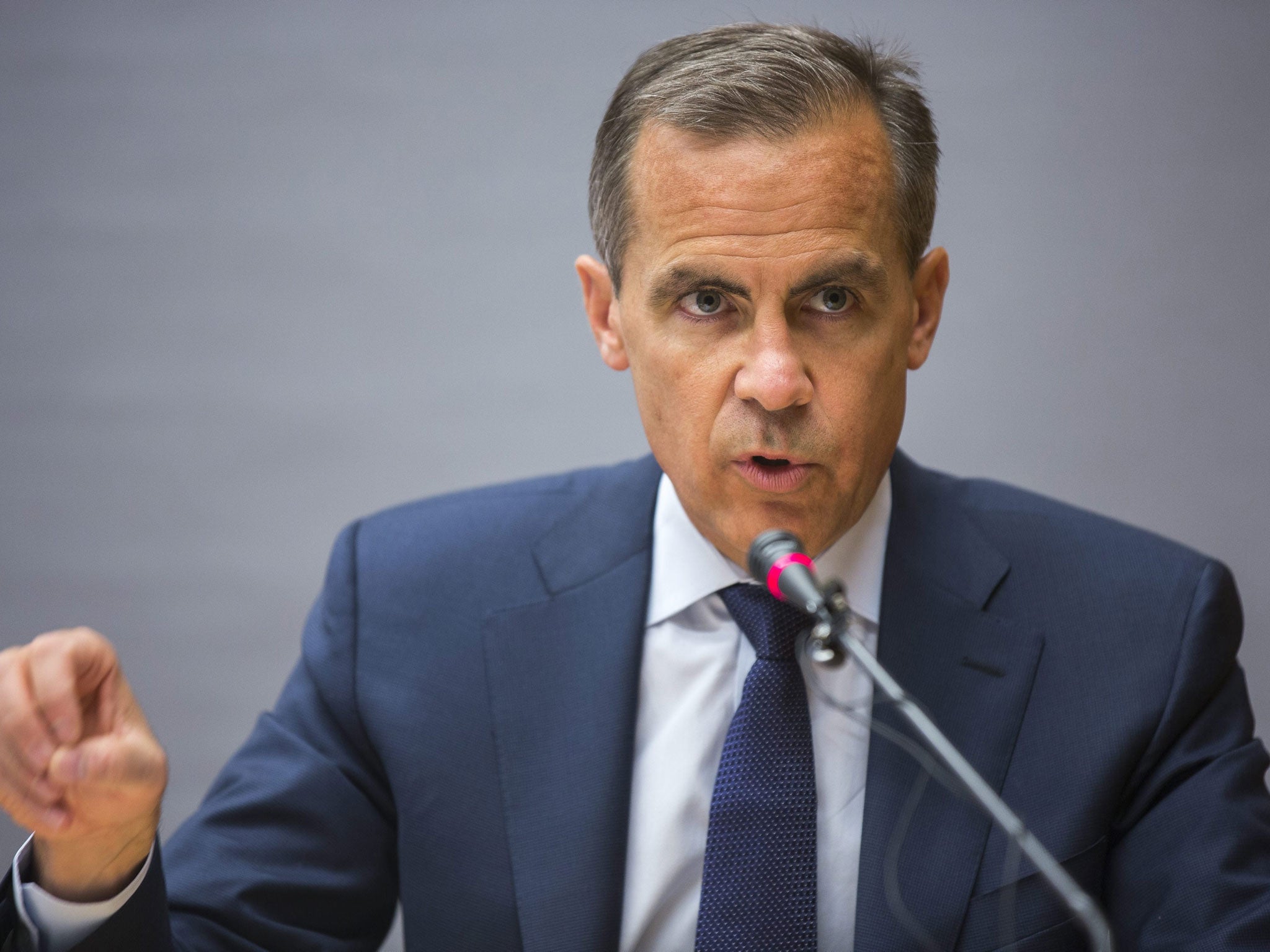Bank of England confirms interest rates and quantitative easing to remain unchanged in show of confidence in economy
Policy-makers had already pledged to keep rates at their record low until the unemployment rate falls to 7 per cent

UK interest rates have been held at their record low level of 0.5 per cent and no more money needs to be injected into the economy, the Bank of England has decided.
In signs which indicate faith in a strong economic recovery, the monthly meeting of the Bank’s Monetary Policy Committee concluded with two pieces of good news, and no obvious concerns that growth will falter.
Officials from the rate-setting body have now shot off to attend the G20 meeting in Washington, having renewed their pledge to hold interest rates until unemployment falls to 7 per cent.
Spirits seems to be high, with some experts estimating economic growth in the third quarter of 2013 will reach a full 1 per cent, a big improvement on the 0.7 per cent of the previous three month period.
The Bank of England is also happy to stick to plans for a total injection of no more than £375 billion of quantitative easing – despite the fact that, until recently, some members of the policy board had said more QE was sure to be needed.
Inevitably, though, it wasn’t all good news. In what one analyst described as a “reality check” for the UK economy, official data released this week for the manufacturing and trade sectors showed disappointing results.
According to the Office for National Statistics (ONS), output from British factories fell unexpectedly in August, sending overall industrial production down 1.1 per cent in its biggest monthly fall for nearly a year.
The ONS added that the UK's trade deficit remained stubbornly high at £3.3 billion in August, down only marginally on the £3.4 billion recorded in July.
The National Institute of Economic and Social Research (NIESR), a think-tank, released its latest forecast yesterday, giving a more muted prediction for 0.8 per cent growth in the third quarter.
The figures came as a setback after last week's economic cheer, when the closely watched Markit/CIPS purchasing managers' index (PMI) showed the dominant services sector grew at its fastest pace for 16 years in the third quarter.
House price data from Halifax also showed a 6.2 per cent year-on-year increase in September in the biggest hike since 2010 as the Government's Help to Buy initiative continues to send would-be buyers flocking into the market.
Economists said the disappointing manufacturing figures confirm that the recovery remains volatile, but believe it remains on the right track and should continue to gather pace.
The strength of the recovery in recent months has increased pressure on the Bank's rates pledge, although America's ongoing partial government shutdown and its decision to delay QE tapering has slightly pushed back the market's expectation for the first UK rate hike.
Despite this, the City is still expecting the Bank to raise historically low interest rates by early 2015 and remains unconvinced over the Bank's prediction that unemployment will not fall to the 7 per cent threshold until mid to late 2016.
Additional reporting by PA
Subscribe to Independent Premium to bookmark this article
Want to bookmark your favourite articles and stories to read or reference later? Start your Independent Premium subscription today.

Join our commenting forum
Join thought-provoking conversations, follow other Independent readers and see their replies